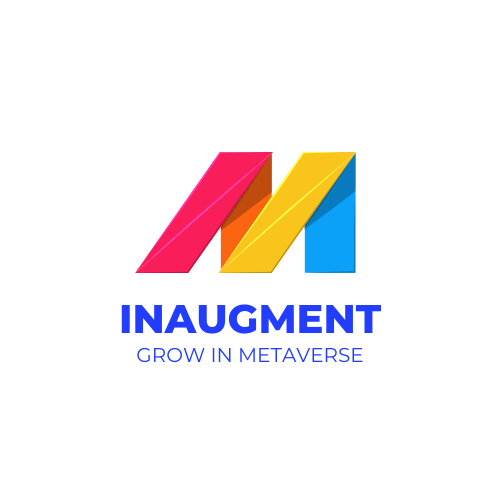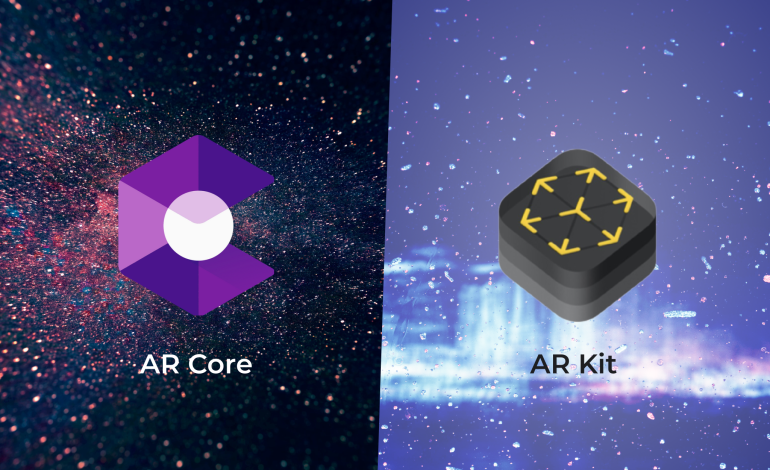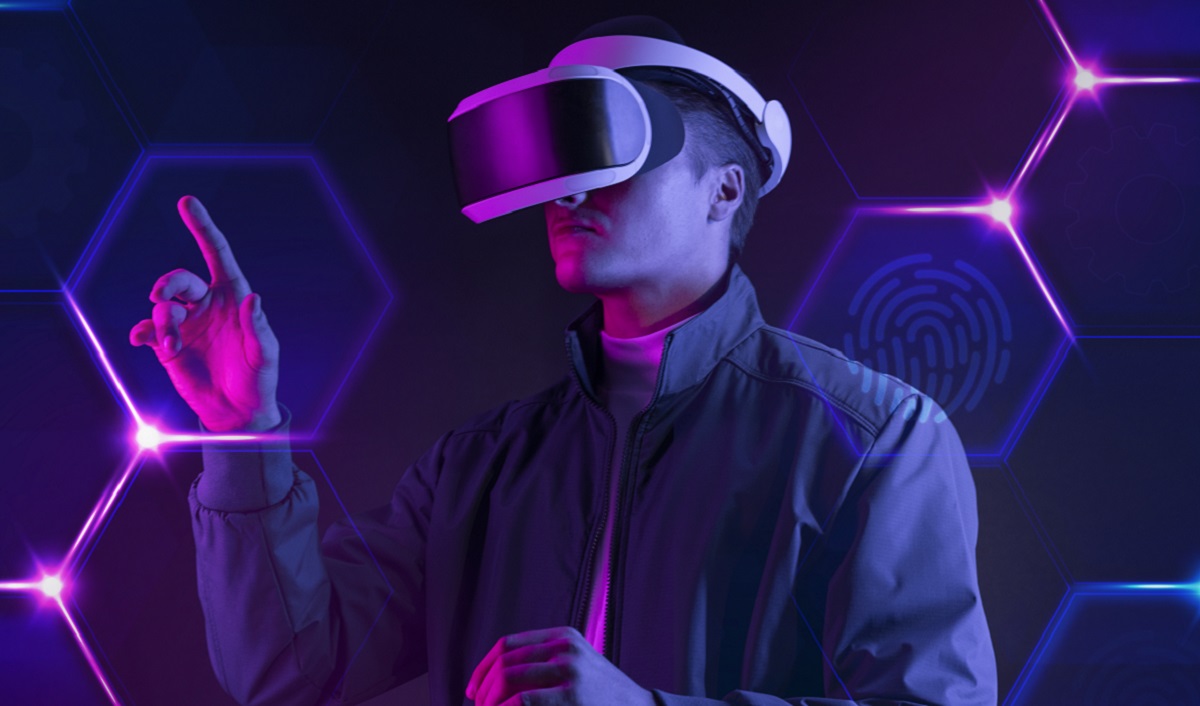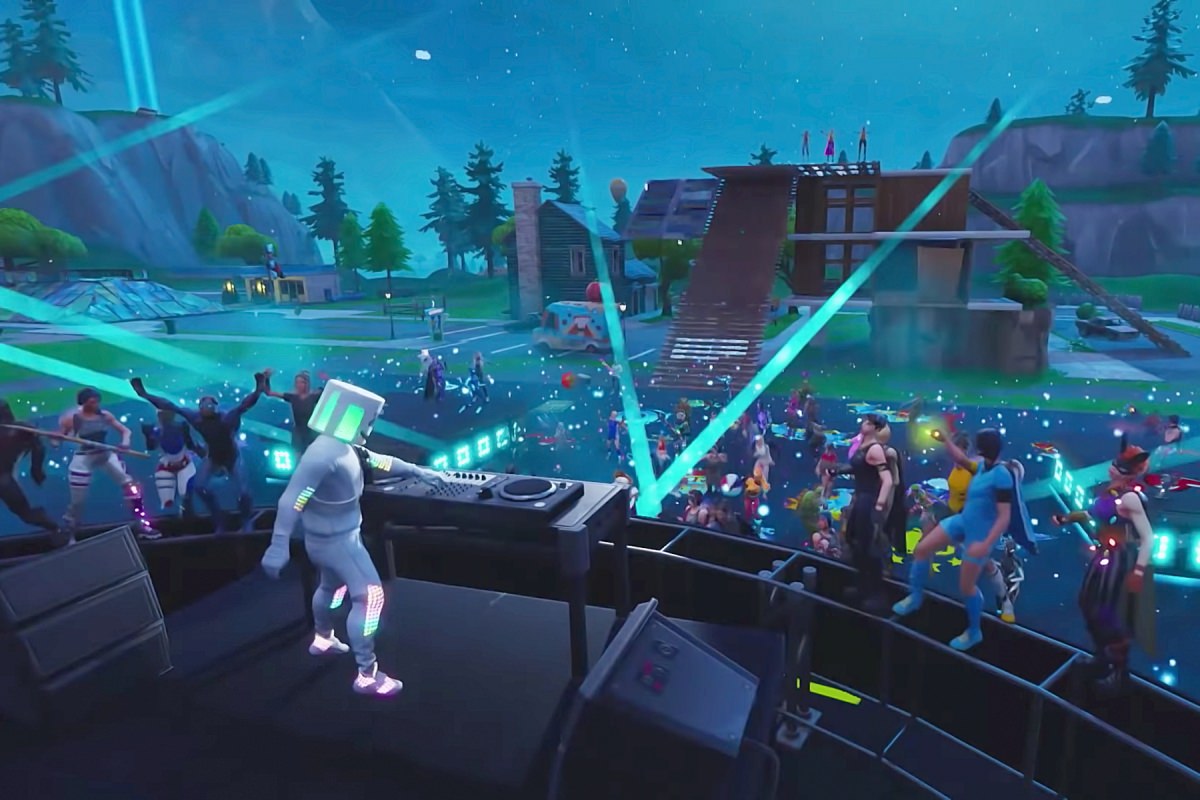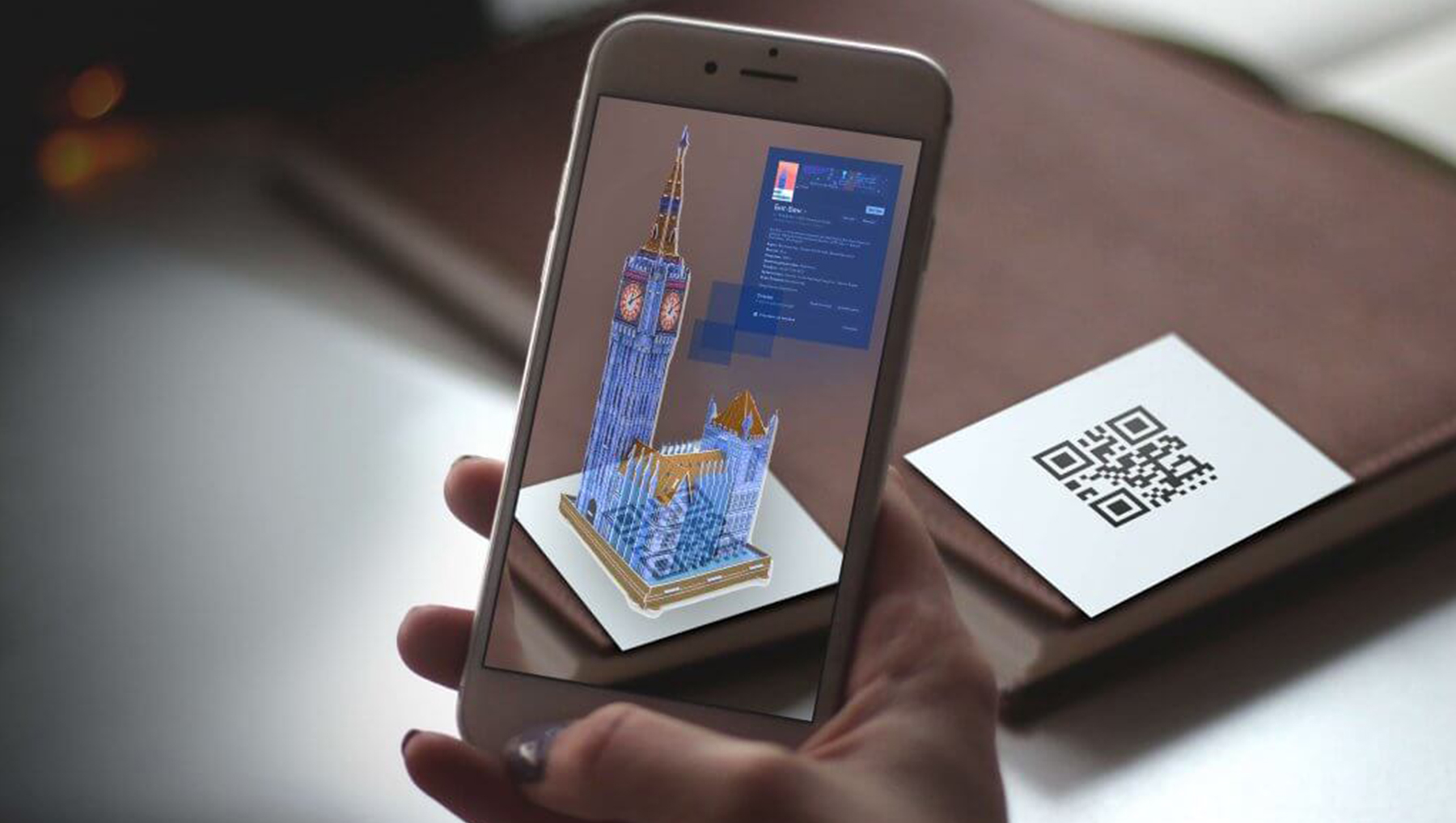Complementing AR with NFTs Makes Sense – Stephen Black

In this article, Stephen Black, Founder of New Food Economy, explains why he feels blockchain tech and Non-Fungible Tokens (NFTs) will be combined with Augmented Reality (AR) to create an entirely new AR/NFT space within the broader world of gaming. Read on to learn the advantages of AR and NFTs when paired together, as well as some thoughts from the author about how this combination will change the nature of games forever.
Introduction of Stephen Black
Augmented Reality is an exciting and evolving medium, but some challenges come with it. One challenge is that a lot of the content created in AR is temporary and gets lost as soon as it’s been viewed. To solve this problem, we have to consider how we can get people to stay engaged and make sure they can keep coming back to interact with the content. One exciting solution may be using Non-Fungible Tokens (NFTs) in conjunction with Augmented Reality.
Stephen Black is an Augmented Reality Producer, an Artist, and a Writer. His work bridges virtual worlds with physical environments and designs immersive mixed-reality art pieces for galleries, museums, events, and other public spaces. He believes strongly that mixing these realities provides limitless opportunities for artistic expression and storytelling, which will continue to drive innovation in the space.
Stephen Black also serves as a Facing AIDS (FAIR) board member, a non-profit organization dedicated to educating adolescents about HIV/AIDS prevention strategies through interactive digital storytelling techniques. FAIR uses augmented reality technology to simulate HIV transmission by creating animated holographic characters who tell engaging stories that teach vital information while drawing empathy from their audience.
What is AR with NFTs?

Augmented Reality (AR) is a technology that allows digital information to be overlaid in the real world. The term augmented Reality was coined in 1990 by Tom Caudell, an engineer at Boeing, who came up with the idea while working on a cockpit flight simulator. One of his duties was making it easier for pilots to read technical manuals while flying the plane.
He envisioned a way to overlay computer-generated images onto the pilot’s field of view. Though not yet widespread, these glasses would later become Google Glasses. So what are AR and NFTs? As mentioned earlier, AR is any digital data or content that can overlay on top of our current Reality.
This could include anything from text and pictures to animation or other interactive content such as games. It’s possible because the glasses have a transparent display that displays this data on top of your vision so you can see your environment and the augmentation simultaneously.
How do NFTs work with AR?
NFTs work similarly to the digital goods you purchase through online games like Fortnite. These goods are unique and can only be found on one account, meaning there is no fear of duplication or fraud. The user can also resell them if they choose to do so. With these digital assets, it becomes much easier for companies to monetize their content while allowing consumers to share what they love with others while earning money in return. Another benefit that NFTs provide is accessibility.
The owner controls when and how often they can access the asset. For example, instead of purchasing physical tickets from the company’s site, customers could purchase $10 worth of tokens, allowing them access to the ticket inventory when it becomes available before anyone else. Of course, there will always be an element of risk associated with this type of investment, but this offers new opportunities that weren’t possible before.
The benefits of using NFTs with AR

NFTs are a secure and decentralized way to represent digital assets in the real world. They will likely become more popular as blockchain projects gain traction because they can use them to represent ownership without the expensive overhead of printing and shipping physical goods. We should also look at using Complementing AR with NFTs .
Utility
Utility is one of the principal factors in numerous NFT undertakings’ prosperity. By adding an essential component to computerized artistry, one can separate themselves from others with the assistance of AR. Moreover, makers can straightforwardly draw in their crowd.
An elective type of revenue
Advanced assortments permit the maker to procure eminences from each exchange. However, this implies that the maker keeps being redressed each time their NFTs are sold or exchanged. On a side note, as of late, Shawn Mendes utilized NFT innovation to send off virtual renditions of his most conspicuous embellishments like vests, rings, and guitars. So his fans can involve these as a symbol.
How to complement the Bubiko AR project?

Now his main project is called Bubiko, and an AR character meant to teach children about augmented Reality he created a Bubiko game for iOS and Android to Complementing AR with NFTs the AR project and make it more interactive. Bubiko is just one example of how AR and NFTs can work together. The Bubiko AR game is a great way to introduce the idea of augmented Reality and its potential applications to kids.
It uses touchscreen interactions and voice commands, which are ideal for engaging users who might be too young or too old to interact with virtual objects on a screen themselves. What do you think? Will this approach successfully engage people who aren’t interested in VR or AR but are still interested in gaming?
Conclusion
There are several reasons to complementing AR with NFTs. I would like to hear what you think. Do you have any thoughts on the topics mentioned? If so, please share in the comments below! This concludes my blog post on why it makes sense to use AR and NFTs together. I hope this was helpful, and thank you for reading.
Connect with Stephen Black:
Twitter: twitter.com/BookMerah
LinkedIn: linkedin.com/in/blacksteps/
Blog: bookmerah.medium.com/
